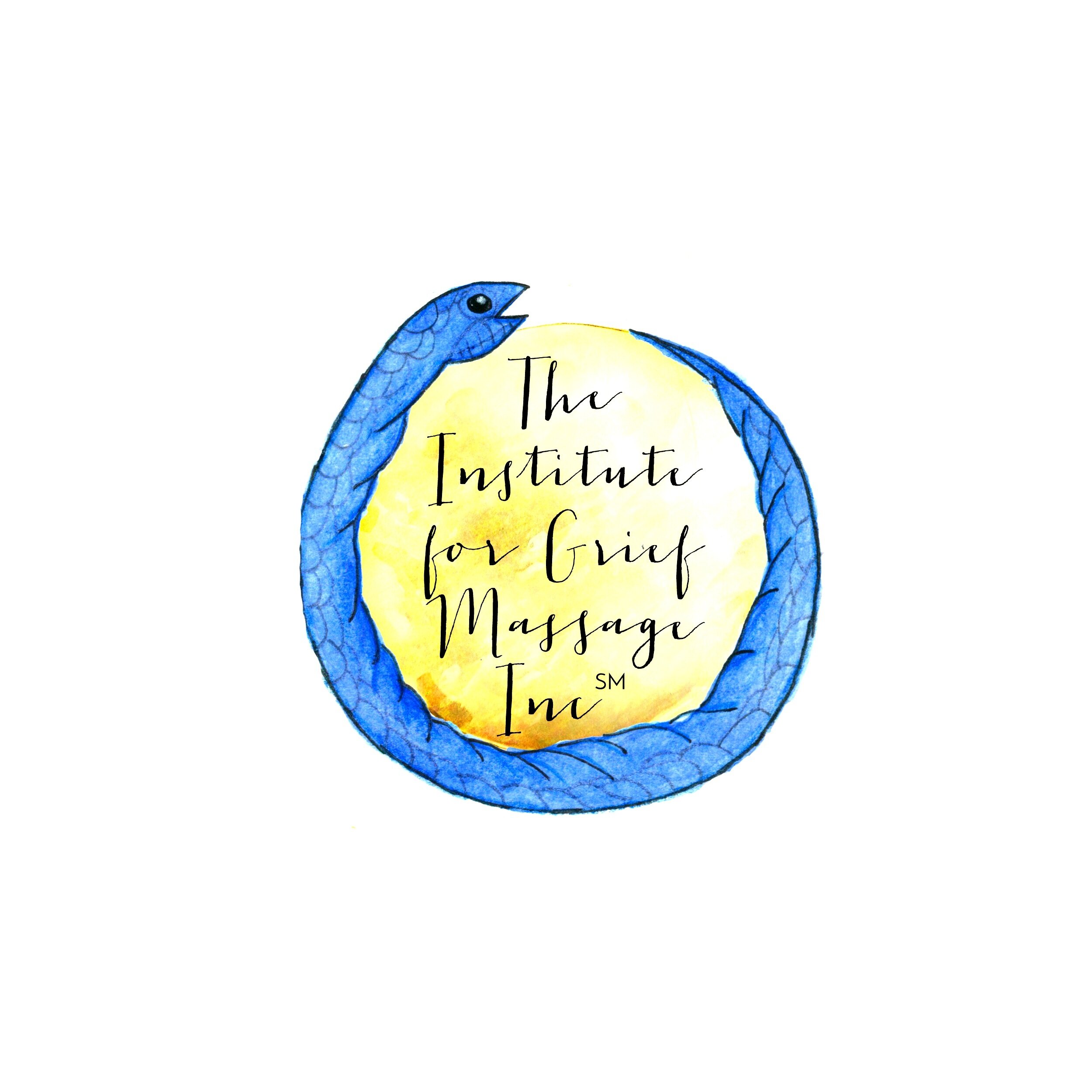3 Simple Ways to Help Clients Feel Safer in Your Office
Note: This article originally appeared in my Grief Massage Newsletter. To receive articles like this in your inbox monthly, be sure to subscribe here.
I sensed early on that safety was an essential factor for Grief Massage. Back in 2012. when I partnered with a local non-profit and received a Community Service Grant from The Massage Therapy Foundation, I was honored to provide Grief Massage to survivors of sudden traumatic loss in my community.
This brought my work to a new level, as I was serving more Grief Massage clients than ever before.
I began to notice how safe and calming atmosphere of the non-profit center was and how deeply it supported the Grief Massage work I was doing. The center was a beautiful little cottage, with gleaming wooden floors, vibrantly painted walls, and soulful art in every nook and cranny.
The counselor who worked there (and was a co-founder of the center) kept beautiful scented candles lit at all times, provided warm tea in the lobby, and played Sade around the clock.
The atmosphere was like an enormous hug. Even the furniture in the lobby was soothing - there was a particular purple comfy armchair that seemed to communicate safety to each person who sat there.
In service of helping my clients feel safe, over the years I have refined my approaches to the bodywork itself, as well as the crafting of the atmosphere and protocols that I use.
The Polyvagal Theory
Recently, within the past year, I have been studying the Polyvagal Theory of the nervous system, a new way of understanding the nervous system, as proposed by Stephen Porges in 2011.
This new science, often called the "science of safety" has helped me understand (in a new way) what I have sensed all along about the importance of safety.
Porges states that humans are always unconsciously scanning their environments for cues of safety or danger - a process he calls "neuroception".
According to his theory, when there are cues of safety in an environment, it allows a human to truly settle and relax on a deep level. This idea instantly clicked with me, as it described a scientific reason for why I have focused on safety for my Grief Massage clients for so long.
I'd love to share 3 simple ideas for how you can help clients feel safe in your office, by crafting an atmosphere that offers cues of safety.
If you are interested in learning more, you can explore Stephen Porges' work on the Polyvagal Theory, or explore my Grief Massage training program, where I weave elements of safety into the courses.
1. Limit outside noise. According to Porges' theory, "neuroception" means a human is always unconsciously scanning the environment for cues of safety or danger. If there is noisy traffic, loud conversations, or even subtle noise like doors opening/closing down the hallway, this could interfere with a client feeling deeply safe.
Investing in a white noise machine (I love the white noise machines that can hang on the outside door knob) can be one simple way to limit outside noise. If you work in a really noisy environment, you might put a noise machine on the door AND place one inside the treatment room.
2. Get yourself in a relaxed state. According to Porges' theory, another facet of the human nervous system is that we "co-regulate". This means that our nervous system states are contagious to each other. If you as the massage therapist are nervous, anxious, or stressed out, your client may unconsciously sense this and read it as a cue of danger.
Our tone of voice, body language, and facial expressions are always communicating our state to others. Of course, we are all human and it's natural to sometimes experience nervousness, anxiety and stress!
But, to help clients feel safe, it's a good idea to take time to breathe, meditate, and get into a relaxed state yourself prior to working with someone.
3. Give options to your client. One way to help clients feel safe is to empower them. There is an inherent power differential in a helping relationship, and it is so important to be sensitive to this and use our role to empower clients.
One option I am particularly passionate about, is giving clients the option to remain clothed for their session.
There is so much safety in being told "you get to decide". Within reason, allowing clients to make decisions about other aspects of the session, such as music type/volume, lighting etc. can contribute to an atmosphere that feels safe and empowering.
Reference: Porges, S.W. (2017). The pocket guide to the polyvagal theory: The transformative power of feeling safe. W.W. Norton and Company: New York NY

